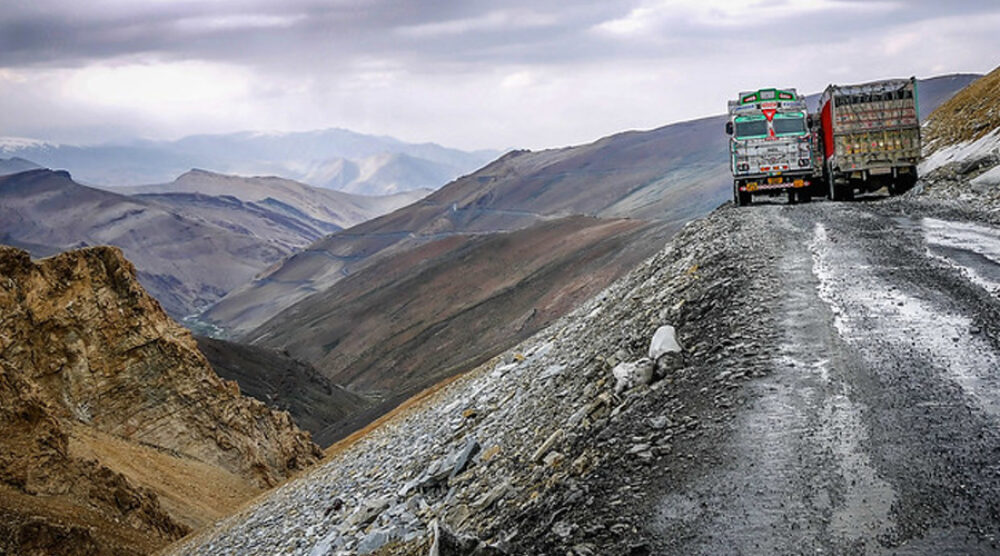Recent India–Pakistan border skirmishes have brought the dispute over Kashmir to the world’s attention once again. While the latest crisis has abated for now, the issue still festers and is likely to lead to more clashes between these two nuclear-armed nations.
It’s important to understand the historical, political and ideological dynamics in play in Jammu and Kashmir because the crossroads that India and Pakistan currently find themselves at is the same one that’s bedevilled their relationship since 1947. Pakistan alleges that India’s ‘control’ of Kashmir is illegal and that the Indian government is brutally quashing the Kashmiris’ right to self-determination; India argues that Jammu and Kashmir is an integral part of the country. The roots of this conflict lie in the partition of the Indian subcontinent along religious lines by the departing British rulers in the late 1940s.
The princely state of Jammu and Kashmir was an anomaly in the logic of the partition: it was a Muslim-majority state governed by a Hindu ruler. Even as the maharaja dithered about joining India or Pakistan or remaining independent, the Pakistan Army dispatched a band of guerrilla raiders, who infiltrated Kashmir in October 1947.
Please click here to read the full “What’s stopping India and Pakistan from solving the Kashmir conflict?” article published at The Strategist, written by Griffith Asia Institute Research Assistant, Aakriti Bachhawat and Vivekananda International Foundation Research Associate, Prateek Joshi.








